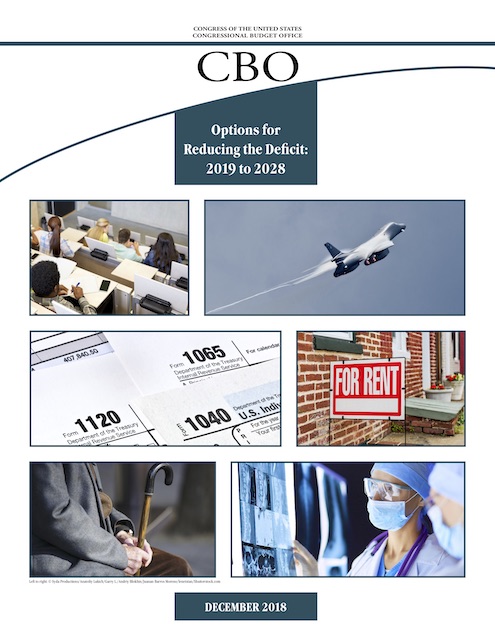The Fort Worth Transit Authority, also known as Trinity Metro, will open TEXRail, a new commuter-rail line from downtown Ft. Worth to the Dallas-Ft. Worth Airport, at the end of this week. Built at a cost of more than a billion dollars, the line is expected to carry an average of 4,000 round trips per weekday in its first year. It probably will fall short.
When the project first appears in the Federal Transit Administration’s New Starts reports, for 2014 (but based on 2012 data), it was supposed to be 38 miles long, cost under a billion dollars, and attract nearly 10,000 weekday riders (5,000 round trips) in its first year of operation. By 2016 the cost had risen to well over a billion despite chopping off 11 miles west of downtown Ft. Worth, leaving just 27. This pushed projected first-year ridership down to 8,300 weekday trips (4,150 round trips).
Now that the money has been spent and it is too late to do anything about it, the transit authority is projected TEXRail will carry 8,000 riders per weekday, probably low-balling the 8,300 figure in case ridership falls short. And it is likely to fall short, as the Trinity Railway Express, a 34-mile commuter-rail line from Ft. Worth to Dallas, carried only 7,400 weekday riders in 2017, a number that has dropped by nearly 1,000 since 2014. Continue reading









